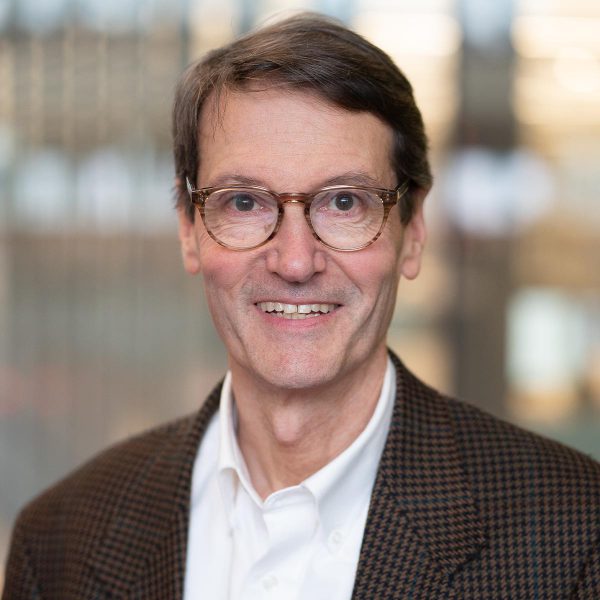About Darien Wood
Prof. Wood is currently studying high energy (13 TeV) collisions of protons with the CMS experiment at the Large Hadron Collider at CERN in Geneva, Switzerland. In particular, he is studying events which contain a Z boson and a large amount of missing transverse momentum. These events tell us about the production of pairs of Z bosons, and are also potential signatures for new phenomena such as invisible decays of the Higgs boson or the production of Dark Matter.
On the CMS detector, Prof. Wood specializes in the muon detectors in the forward and backward regions of the detector. Here we use cathode strip chambers (CSCs) to detect the passage of muons. During the LHC shutdown between the 8 TeV running and the 13 TeV running, Prof. Wood led the upgrade to the electronics that read out the CSCs in the innermost ring of chambers where the particle flux is highest. He is now coordinating an additional upgrade of the CSC electronics targeted for the high-intensity era of LHC operations (“HL-LHC”) that should begin around 2025.
Prof. Wood previously worked on the DØ (“Dee-Zero”) experiment at the Fermilab Tevatron collider, which studied proton-antiproton collisions at energies around 2 TeV. Prof. Wood led the DØ Experiment as co-spokesperson from 2007 to 2009. DØ was one of the experiments that discovered the top quark, measured many properties of the top quark and other particles, and established the strongest limits on the Higgs boson before its discovery by the ATLAS and CMS experiments at CERN. In the past he has worked on the system to detect muons, and he led an effort to upgrade the experimental “trigger” system which decides (in a few microseconds) which events to discard and which ones to retain for further study.
Before joining the DØ Experiment, Prof. Wood worked on the UA2 experiment at CERN, which was also dedicated to the study of proton-antiproton collisions. Before that, he studied high energy electron-positron collisions at SLAC in California.
We study precision measurements of Standard Model processes and are searching for signatures of new physics, including leptoquarks, dark matter candidates in topologies with Z bosons and invisible decays, and exotic production and decays of Higgs bosons.




